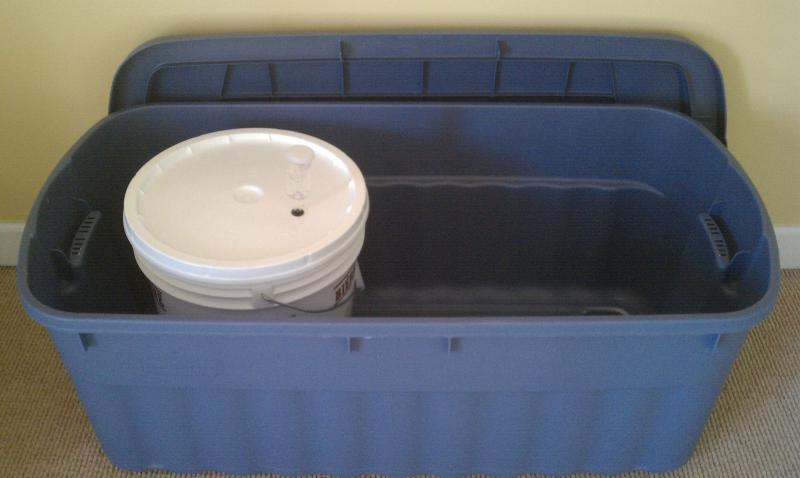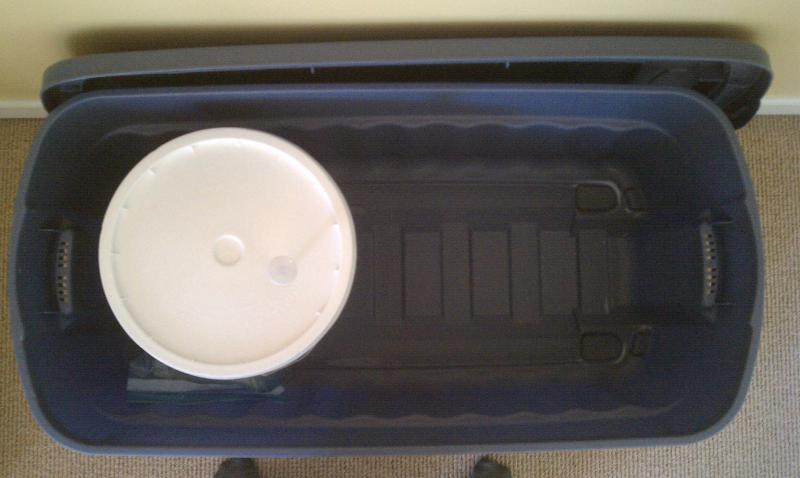user 79142
Active Member
- Joined
- Apr 28, 2011
- Messages
- 28
- Reaction score
- 0
I'm very new to brewing have been learning a lot from these forums. Some of the reading that I've done has led me to wonder about fermentation temperatures and whether my conditions are acceptable. I live in a condo that stays a pretty constant 70 degrees throughout the year. Unfortunately, I can't afford to keep the temperature much lower than this, especially in the summer months.
Is 70 degrees OK for fermenting ales? Or should I look into getting the temperatures even lower? Is there significant benefits to bringing the temperature down in the 60s? (I've got two batches bottle conditioning now, so I haven't even tried my first batch). If so, what are some of the recommended methods for achieving and consistently maintaining lower temperatures where space is a premium?
Is 70 degrees OK for fermenting ales? Or should I look into getting the temperatures even lower? Is there significant benefits to bringing the temperature down in the 60s? (I've got two batches bottle conditioning now, so I haven't even tried my first batch). If so, what are some of the recommended methods for achieving and consistently maintaining lower temperatures where space is a premium?






















































![Craft A Brew - Safale BE-256 Yeast - Fermentis - Belgian Ale Dry Yeast - For Belgian & Strong Ales - Ingredients for Home Brewing - Beer Making Supplies - [3 Pack]](https://m.media-amazon.com/images/I/51bcKEwQmWL._SL500_.jpg)





